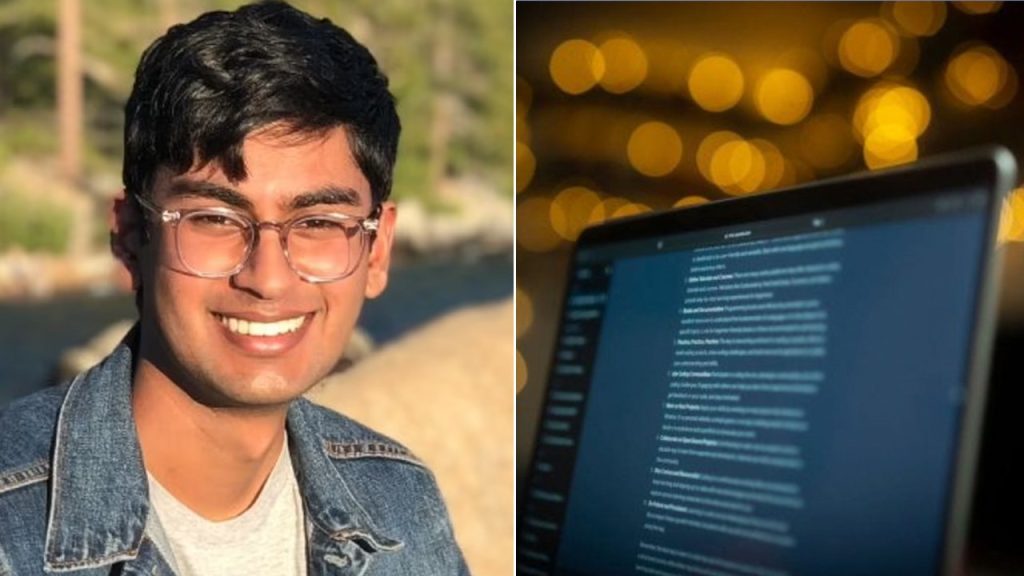Suchir Balaji, a 26-year-old AI researcher formerly employed by OpenAI, was found dead in his San Francisco apartment on November 26, 2023. His death was ruled a suicide by the San Francisco Police Department, who found no evidence of foul play. However, Balaji’s mother, Poornima Ramarao, is questioning the official findings and urging authorities to reopen the investigation, citing concerns raised by a private autopsy conducted in early December. She believes the circumstances surrounding her son’s death warrant further scrutiny and has engaged legal counsel to push for a more thorough investigation. Ramarao vividly recalls the moment she learned of her son’s death, witnessing a stretcher being removed from his apartment building and being informed of his passing. This tragic event has left her searching for answers and a deeper understanding of the factors that may have contributed to her son’s final decision.
Balaji’s death came just three months after he publicly accused OpenAI, his former employer, of copyright infringement in the development of their groundbreaking AI chatbot, ChatGPT. He had joined the company with a hopeful vision of AI’s potential to benefit society, drawn to OpenAI’s initial open-source approach. However, according to his mother, his perspective shifted after the launch of ChatGPT and the company’s subsequent move towards a more commercially driven model. He became disillusioned with the technology’s potential societal impact and expressed concerns that it was causing more harm than good. He left OpenAI, feeling morally compelled to disassociate himself from a technology he believed posed a significant threat to humanity.
In an August interview with The New York Times, Balaji voiced his concerns about the negative repercussions of AI, particularly its potential to displace workers whose creative output was used to train these powerful systems. Initially, he had envisioned AI as a tool for solving complex problems like disease and aging, but he grew increasingly alarmed by the immediate threat chatbots posed to the livelihoods of writers and artists. He believed that the scraping of online content to train these models was not a sustainable practice for the internet ecosystem and argued against OpenAI and Microsoft’s claim that such usage fell under “fair use” copyright provisions.
Balaji’s concerns were further amplified by his involvement in a copyright lawsuit filed by The New York Times against OpenAI and Microsoft. The lawsuit alleged that the companies had used millions of published articles to train their AI models, thereby creating a direct competitor to the news organization. Just eight days before his death, Balaji was identified in a court filing as possessing “unique and relevant documents” pertinent to the case. This placed him in a potentially precarious position, adding another layer of complexity to the circumstances surrounding his death.
Balaji’s public statements and involvement in the lawsuit suggest a growing unease with the ethical implications of AI development. He expressed his evolving understanding of copyright law on social media platform X, stating that he had come to believe that fair use was an “implausible defense” for many generative AI products due to their ability to create substitutes for the very data they were trained on. This indicates a deep concern about the potential for AI to disrupt existing creative industries and the legal frameworks designed to protect intellectual property.
The circumstances surrounding Balaji’s death raise important questions about the ethical considerations and potential societal impacts of rapidly advancing AI technologies. His disillusionment with the direction of AI development, coupled with his involvement in a high-profile copyright lawsuit, paints a complex picture of a young researcher grappling with the implications of his work. While the official cause of death remains suicide, his mother’s plea for further investigation highlights the need for a thorough examination of the factors that may have contributed to this tragedy. This case underscores the importance of ongoing dialogue and critical examination of the ethical dimensions of AI development as the technology continues to evolve and reshape our world.












